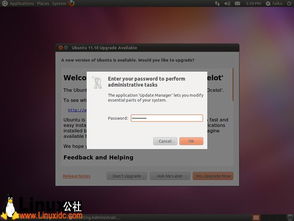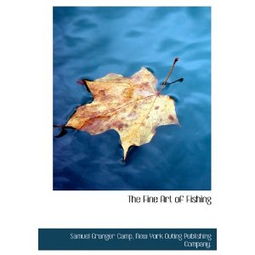Content:
In the realm of outdoor activities, fishing stands as a timeless pursuit that brings joy and relaxation to enthusiasts of all ages. To elevate the experience and share the passion with others, creating a how-to video on fishing techniques can be a rewarding endeavor. This article will guide you through the process of making a captivating and informative fishing techniques video, with a focus on showcasing it in a '橱窗' or 'showcase' style.
Planning Your Video
The first step in creating a successful how-to fishing video is thorough planning. Here's how to start:
a. Define Your Target Audience Identify who your video is for. Are you targeting beginners, intermediate anglers, or seasoned veterans? This will influence the complexity of the techniques you demonstrate.
b. Choose Your Techniques Select a range of fishing techniques to cover in your video. This could include casting, fly fishing, lure fishing, or specific techniques for different types of fish.
c. Script Your Content Write a detailed script for your video. Outline each technique, explaining the steps and providing tips. Ensure your script is clear and concise, with a logical flow.
Gathering Equipment
To produce a high-quality video, you'll need the right equipment:
a. Camera Invest in a good quality camera that can capture clear footage in various lighting conditions. A DSLR or a high-end smartphone camera can work well.
b. Microphone Use a quality microphone to ensure your audio is clear. A lavalier mic can be clipped to your clothing, while a shotgun mic is great for capturing distant sounds.

c. Lighting Good lighting is crucial. Use natural light whenever possible, but also consider adding softboxes or other lighting equipment to enhance the video's quality.
d. Editing Software Choose a video editing software that suits your needs. Programs like Adobe Premiere Pro, Final Cut Pro, or even free options like DaVinci Resolve offer powerful editing capabilities.
Filming Your Techniques
When filming, keep the following tips in mind:
a. Angler Positioning Position yourself so that the camera captures the technique from a clear angle. For casting, for example, have the camera at eye level to show the angler's movements.
b. Demonstration Speed Demonstrate each technique at a pace that allows viewers to follow along. Avoid going too fast or too slow.
c. Visual Aids Use visual aids like diagrams or close-ups to illustrate key points. This can help viewers understand the technique better.
Adding the '橱窗' Element
To create a showcase-style video, consider the following:
a. Introduction Start with an engaging introduction that outlines what the video will cover. This can include a brief overview of the fishing techniques you'll demonstrate.
b. Showcase Different Techniques Divide your video into sections, each focusing on a different technique. Use a '橱窗' effect by highlighting each technique with a brief introduction, followed by a demonstration.
c. Call to Action End your video with a call to action, encouraging viewers to try the techniques, subscribe to your channel, or visit your website for more content.
Editing and Post-Production
After filming, the editing process is where your video will come to life:
a. Organize Footage Sort your footage into folders based on the techniques demonstrated. This will make it easier to edit.
b. Add Music and Sound Effects Choose appropriate background music and sound effects to enhance the viewing experience. Ensure the audio is balanced and clear.
c. Cut and Trim Use your editing software to cut and trim the footage, removing any unnecessary parts and ensuring a smooth flow.
d. Add Graphics and Text Incorporate graphics and text to provide additional information or emphasize key points.
Finalizing Your Video
Once your video is edited, perform the following final checks:
a. Review Audio and Video Quality Ensure the audio is clear and the video is free of glitches or artifacts.
b. Check for Spelling and Grammar Proofread your video's text for any spelling or grammar errors.
c. Test the Video Watch the video on different devices to ensure it plays correctly and looks good on all screens.
Sharing Your Video
Finally, share your video with the world:
a. Upload to Video Platforms Upload your video to platforms like YouTube, Vimeo, or Instagram. Optimize your video for search engines by using relevant keywords in the title, description, and tags.
b. Promote Your Video Share your video on social media, fishing forums, and with your friends and family. Engage with your audience by responding to comments and questions.
By following these steps, you'll be well on your way to creating a captivating how-to video on fishing techniques that not only educates but also showcases your passion for the sport. Happy filming!












